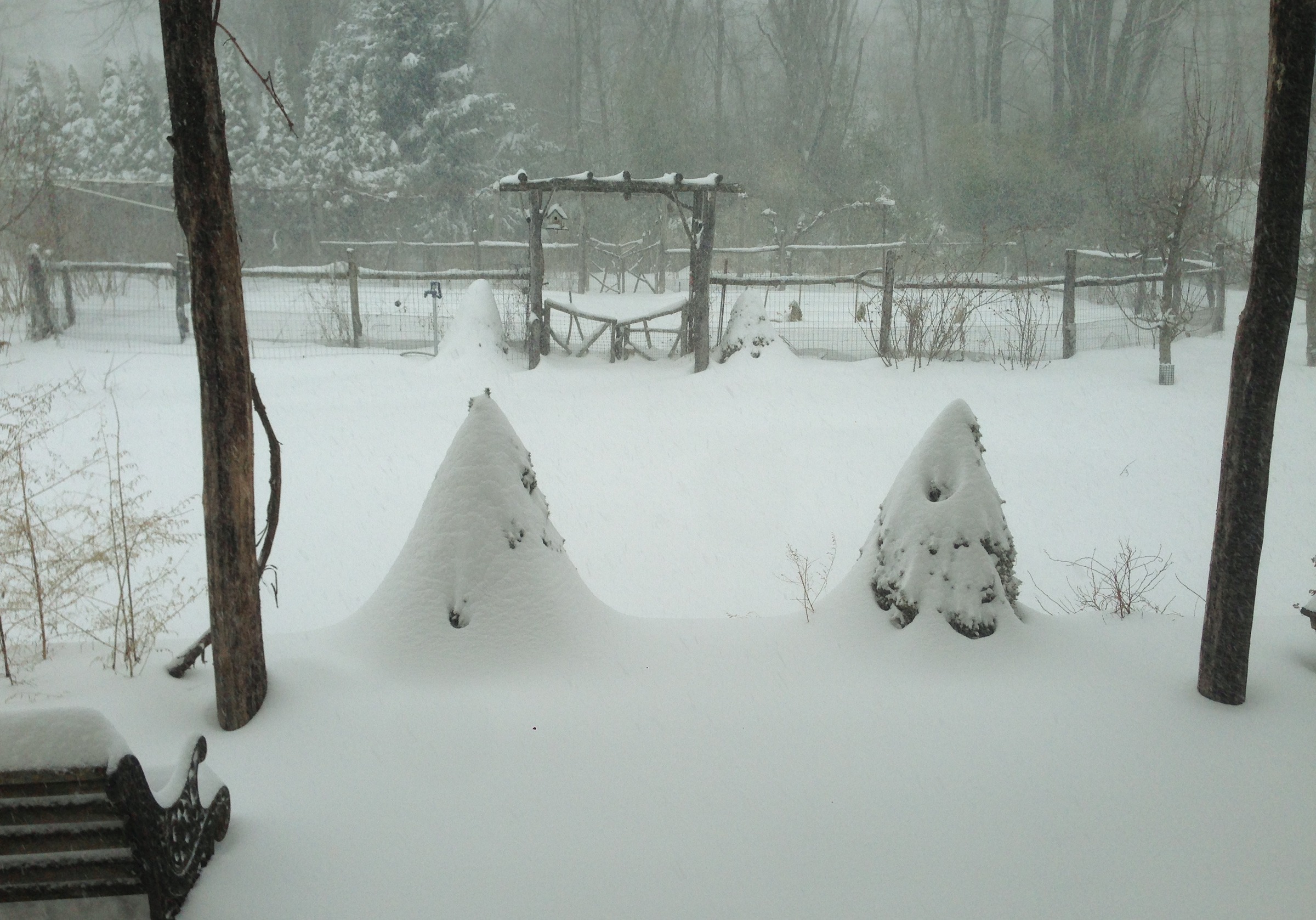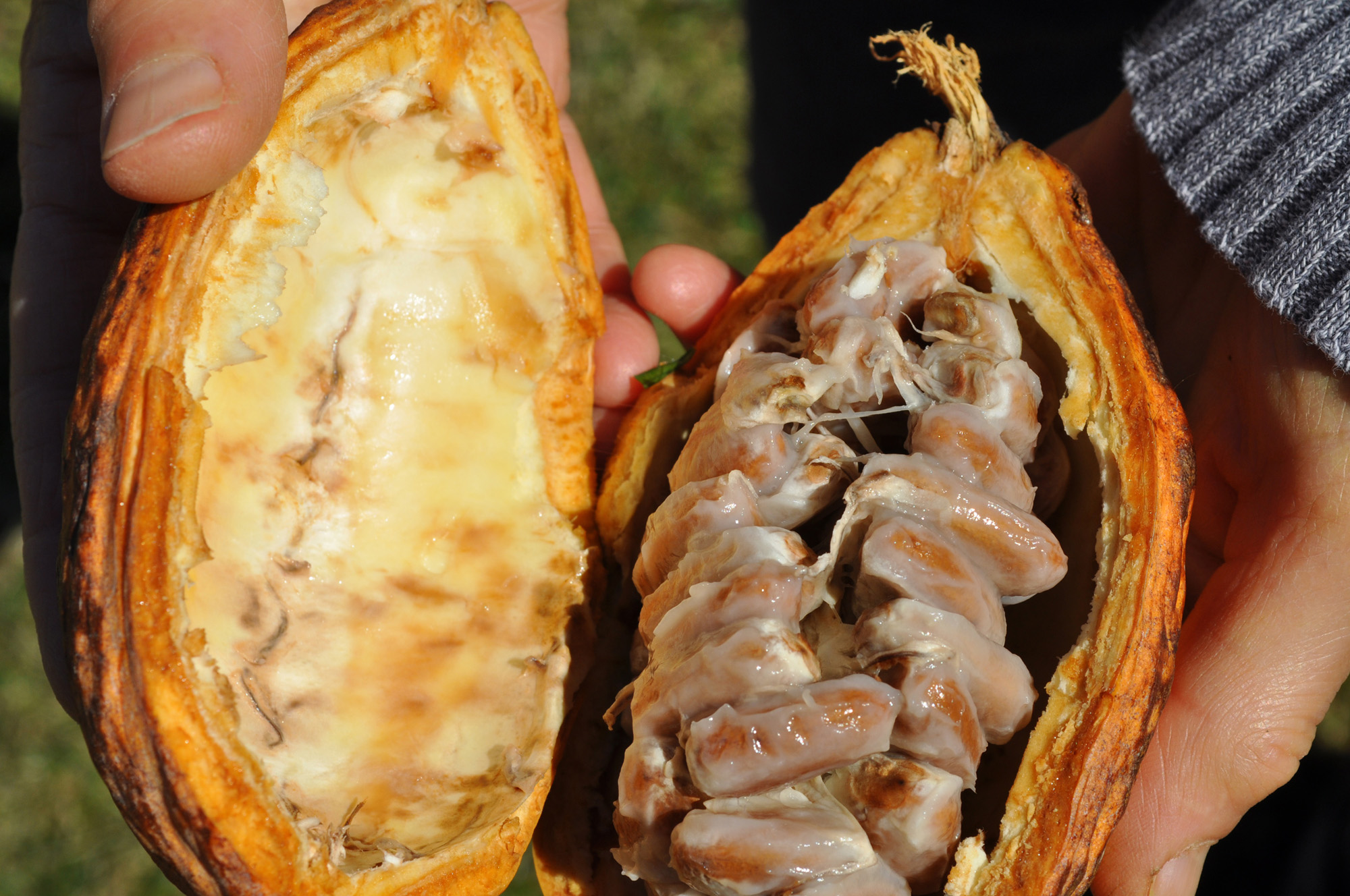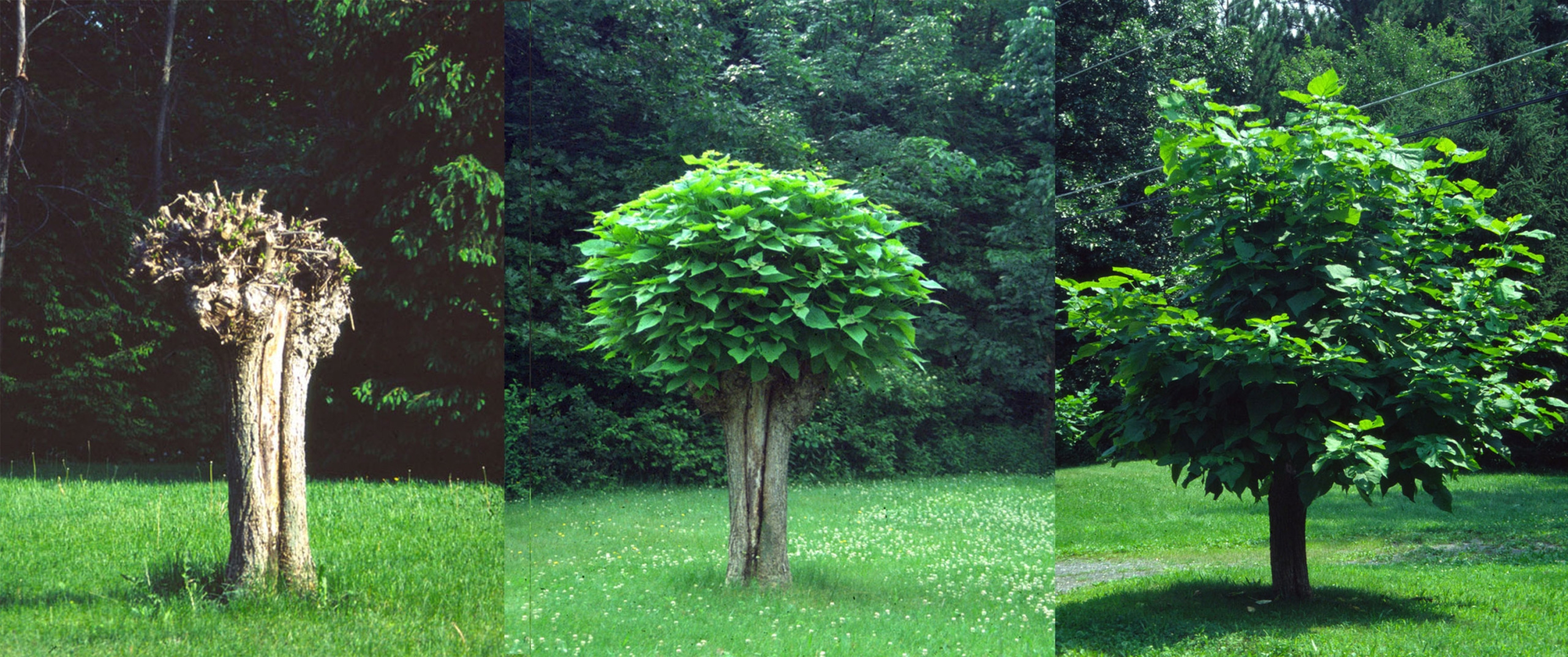A WINTER FAIRYLAND
/4 Comments/in Design, Soil/by Lee ReichThe Goodness It Brings
If we’re going to have cold temperatures, we might as well have snow. You might think that snow has nothing to do with gardening, that once a white blanket drops over the landscape, all garden activity and thoughts of gardening cease. Not so: Your gardening activity might cease and my gardening activity might cease, but a lot goes on gardenwise.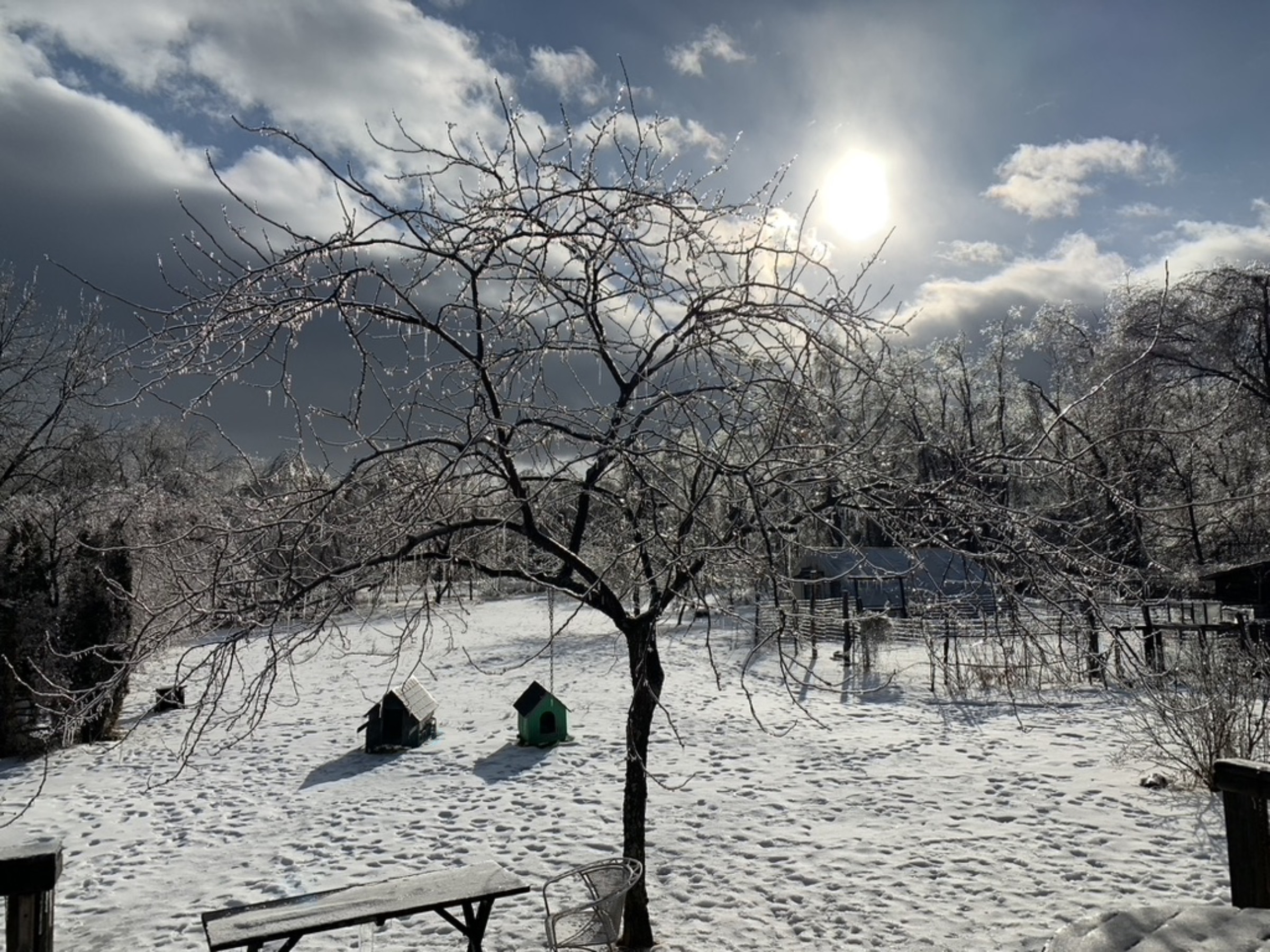 Read more
Read more
WAYS WITH CHOCOLATE
/4 Comments/in Fruit/by Lee ReichThe Horticultural Way
The classic gift for your sweetie on Valentine’s Day is, of course, chocolate.
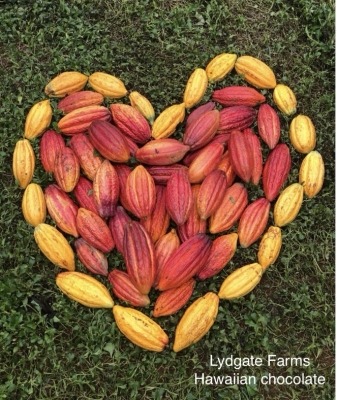
Chocolate plant pods
But plain old chocolate won’t do, not even rich Theo or Equal Exchange chocolates (my two favorites). The gift is going to be a chocolate plant — this is about gardening, after all.
Plant a Hershey’s Kiss and it’ll never sprout to become a chocolate tree. Read more
TO EACH HIS OR HER OWN
/9 Comments/in Pruning/by Lee ReichFull Disclosure: I Like It
You either like the look of a pollarded tree, or you don’t. A tree pruned by this technique surely doesn’t have a natural look. In winter, the pollarded tree is a clubbed head capping a clear trunk, or clubbed heads each capping a few short, thick side branches atop a clear trunk. In summer, a mass of vigorous shoots wildly burst forth from that club-like head or heads.
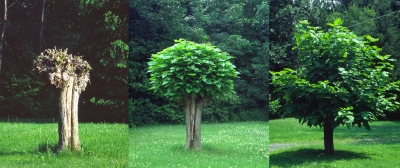
Pollarded catalpa
Pollarding has both an aesthetic and a practical side. Read more

